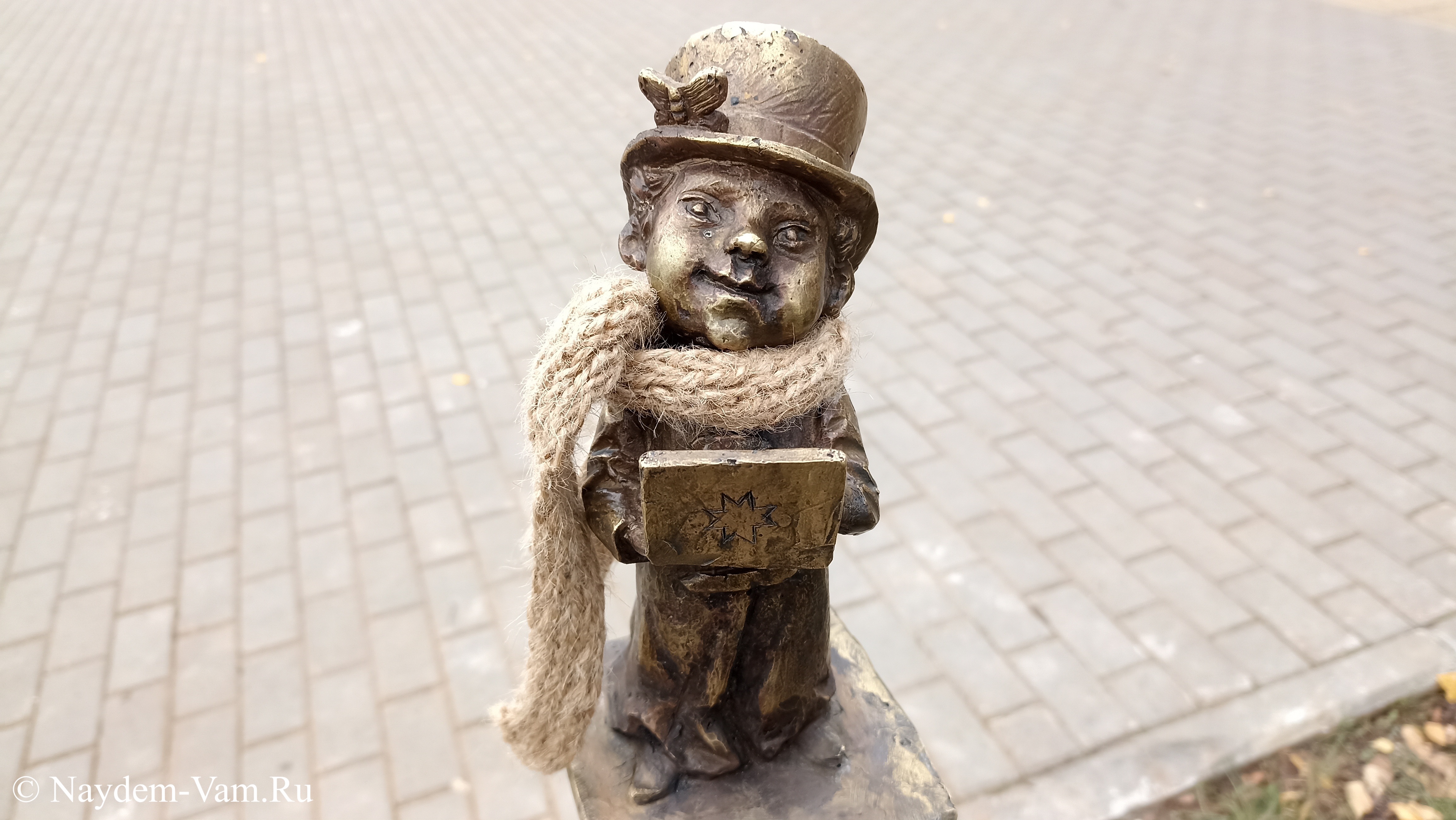A silent crisis plagues cold-climate facilities: lighting fixtures passing initial waterproof tests but catastrophically failing after enduring seasonal temperature swings. This systemic flaw stems from overlooking water’s destructive volumetric expansion during freezing within sealed assemblies. Standard certifications focus on preventing liquid ingress under pressure but disregard the physics of ice formation within microscopic voids. As infiltrated moisture freezes, it generates tremendous localized pressures that fatigue polymers, deform metal interfaces, and propagate cracks – particularly at end caps where multiple materials converge. These failures expose a dangerous validation gap between static laboratory conditions and dynamic real-world thermal cycling. Selecting an Ip65 Tube Waterproof Fixture for environments experiencing temperature fluctuations demands deliberate engineering against crystalline expansion forces, not just compliance with stationary water-resistance benchmarks.
The science reveals multi-layered vulnerabilities. Polymer seals lose elasticity at low temperatures, becoming susceptible to stress cracking under ice pressure. Dissimilar thermal contraction rates between housing alloys and end-cap polymers create micro-gaps during cold snaps, inviting further moisture intrusion. Crucially, repeated freeze-thaw cycles act like mechanical punches against critical sealing interfaces, accelerating material fatigue beyond normal aging. Most validations test fixtures at constant temperatures, ignoring the cumulative damage from thermal transitions where materials expand and contract at different rates. End caps become focal points of failure due to their complex geometry and role as stress concentrators. A truly reliable Ip65 Tube Waterproof Fixture requires specialized elastomers maintaining flexibility across extreme temperature ranges, compensated seal designs accommodating material movement, and internal architectures eliminating moisture-trapping geometries vulnerable to ice expansion.
Facilities bear severe repercussions. Refrigerated logistics centers face lighting collapses above critical inventory. Outdoor industrial stairwells become hazardous when cracked fixtures leak onto walkways during thaws. Municipal infrastructure suffers frequent outages requiring winter maintenance. Financially, lifecycle costs balloon through unplanned replacements and operational downtime during critical seasons. Environmental footprints worsen as fixtures become waste years prematurely. Perhaps most damaging is the erosion of trust in protection standards when "weather-resistant" fixtures consistently fail their third winter. Closing this gap mandates manufacturers subject fixtures to accelerated cyclic freeze-thaw stress testing replicating years of seasonal transitions. Choosing an Ip65 Tube Waterproof Fixture engineered against ice expansion mechanics – not merely static water ingress – is fundamental for cold-climate reliability.
Cigelighting seals against thermal warfare. Our fixtures integrate phase-change-resistant polymers, compression buffers for ice expansion, and labyrinthine end-cap designs validated under punishing thermal cycling. Choose Cigelighting – the Ip65 Tube Waterproof Fixture where freeze-thaw immunity is engineered from the molecule up.Click https://www.cigelighting.com/product/ to reading more information.



